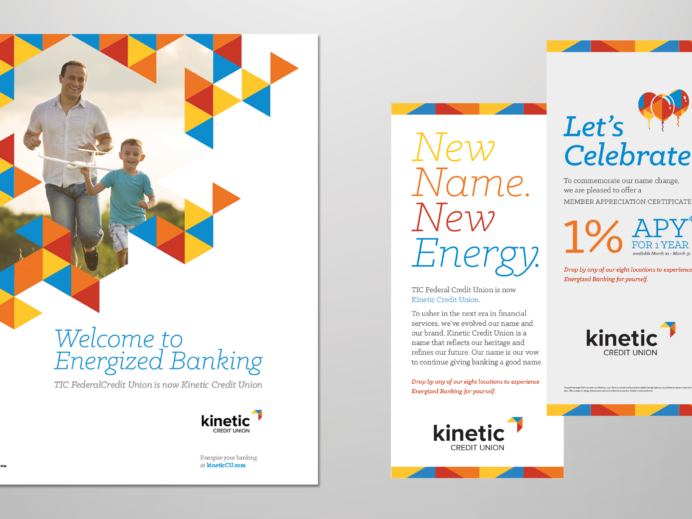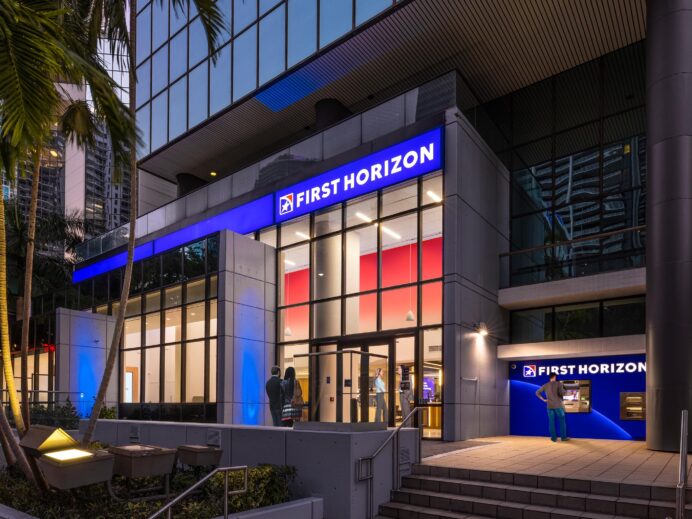The Best Brands Evolve Toward a Unifying “Bid Idea”
Brands today must confront an existential challenge: innovate or die. Today’s brands can’t hide – consumers demand transparency and a brand’s ability to adapt to consumer expectations is critical to their success. In this supercharged environment, consumers have never been so discerning or critical of brands, able to connect and disconnect when, where and how they want. Nor have consumers ever been so bombarded with brand messaging and attempts at engagement on every sensory level imaginable. Survival of the fittest, indeed.
But why do consumers choose one brand over another in the first place? What makes a consumer choose Starbucks over Dunkin’ Donuts or an iPhone over an Android? Companies and brands have long used the famed purchase funnel to track the customer journey. Awareness is the consumer knowing your product exists. Consideration means that your product or service is in the running. Purchase is validation because you’ve gotten the sale. Loyalty is the proof that you’ve made a good product.
But in evaluating this customer journey, something glaring is missing. Where is the emotion, that sticky connection to your brand? While valuable, the purchase funnel is rooted squarely in the rational process in the brain. Make a good product and they will come.
However, purchasing decisions are much more complicated than that. It’s not simply where you weigh attributes about a product, because if that were the case, the cheaper product or service, if it is of the same quality, would always win. But it doesn’t, and there’s a reason why. Neuroscientists have estimated that 95% of human decisions are made with the limbic part of the brain that responds to emotional stimulus. This is the place where emotions, behavior, motivation, and memory are constantly cycling, feeding in information and insights in a complicated web of synapses and sparks. While brands don’t have to understand the limbic process, there is one big takeaway: emotional response.
Brands that are savvy enough to embrace emotion as part of their brand have developed a competitive advantage. Sure, you have a great product, but how does it make the consumer feel? Our reward centers are primed and standing by to connect, and successful brands understand and embrace the power emotion. We love brands that evoke an emotional response: excitement, passion, happiness, comfort. Do the lines of people waiting outside the Apple store for the iPhone 6 wait for hours because it makes rational sense to do so? No, it’s that they feel like they’re part of something exciting, the technology vanguard, connected with other enthusiasts, anticipating a product that they feel connected to that enhances their lives. Apple has tapped into emotion, this powerful unifying force that is the gateway to a thriving relationship between brand and consumer.
The Brand Food Chain
In our strategic approach, we focus on moving our clients up the Brand food chain. Brands at the Feature level are competing on the ground with other products over an increasingly smaller piece of the pie. At this level, brand differentiation is the key with thinking revolving around: our product is the same but cheaper and our product is faster. This level of the food chain has brands focused on features and attributes that are squarely in the realm of the rational. But when you begin to move up the food chain, a brand has the potential to become more.
At the Benefit level, the focus on how a brand fits into a consumer’s life shifts the focus from products to people. Having a good product or service is foundational, but understanding how your product or service is used by people makes the brand start to stand out from the pack. At this level, head-to-head competition is reduced, and your product or service starts to mean a little more to consumers. Recognition is high and some loyalty is building. While better than focusing on attributes alone, focusing on benefits has limitations. Brands at this level can only go so far. Brand awareness is high, but advocacy is still limited.
The Experience level is where brands can really blossom. This level is where the best brands build from great products that people value in their lives, but they push beyond to embrace a larger meaning. At the experience level, brands fully connect with consumers by giving them a valuable product that is useful in their lives, but makes them feel connected to the brand, building not just brand loyalists but advocates for the brand. But how do successful brands do this?
The Premium brand is where everything is fused together. On the premium plane, brands have good products and services that people find valuable and use in their lives, along with an experience and an emotion that connects them to the brand. Premium brands attract and engage, resulting in more likeability, loyalty, and ultimately, business. These are the cream of the crop brands that have become living, breathing entities, like people; they respond to consumer desires, facilitate conversations, and embrace emotion as a driver both from within the organization and with the consumer.
The Big Idea
As Simon Sinek argues, understanding “the why” behind any decision we make holds the key to unlocking its full potential. This “why” for the best brands, is rooted in emotion. Discovering your why isn’t just for people to use when defining individual passions, but also for companies to stand for something larger than the product they’re producing. Because let’s face it, very few widget companies want to make widgets because they’re passionate about widgets. They want “the big idea.”
The big idea is the why behind your brand. It’s both aspirational and actionable. It’s an emotion brought to life. The big idea is an overarching conceptualization that both inspires your employees and attracts advocates to your cause. It’s beyond the consumer asking “what can this do for me” and a company providing it. It’s also beyond a company looking at “what we can do for consumers” and consumers responding. It’s the place where everything is knitted together – products, culture, values, and experience. It’s an ongoing conversation and a relationship that develops from the interaction, a give and take, a space where active listening and communication create a deepening of meaning between a brand and its fans.
So what is your big idea? Let’s keep the conversation going. Use #thebigidea and share your insights.








